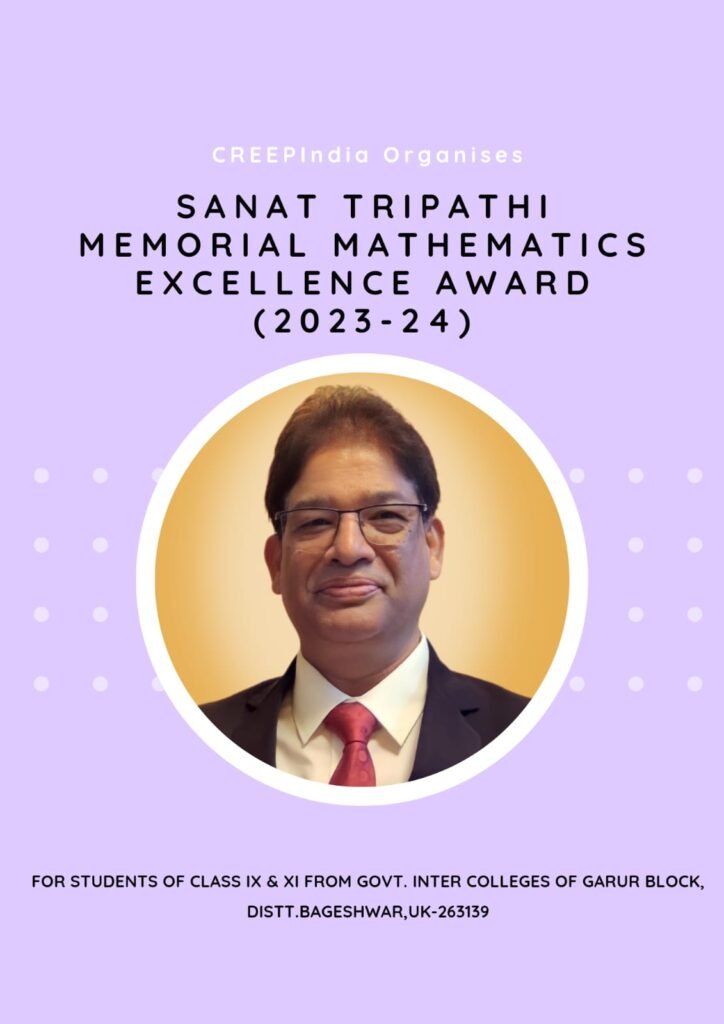Advantages of Certificate and Diploma Courses for Career Growth

In today’s fast-paced and ever-evolving job market, the pursuit of traditional four-year degrees is no longer the only path to a successful and fulfilling career. Certificate and diploma courses have gained significant recognition and popularity as valuable alternatives, offering numerous advantages for career growth. These shorter, specialized programs provide individuals with practical skills, industry-specific knowledge, and a competitive edge in the job market. Here we will explore the key advantages of certificate and diploma courses for career advancement.
- Time and Cost Efficiency
One of the most significant advantages of certificate and diploma courses is their time and cost efficiency. Unlike traditional degree programs that often take several years to complete, certificate and diploma programs can typically be finished in a matter of months. This allows individuals to enter the workforce sooner and start earning a salary. Moreover, the lower tuition costs make education more accessible to a broader range of people, reducing the burden of student debt.
- Specialized Skills
Certificate and diploma programs are designed to provide students with highly specialized skills and knowledge. These programs focus on the specific requirements of industries, ensuring that graduates are well-prepared for the demands of their chosen field. Whether it’s in healthcare, information technology, hospitality, or any other sector, certificate and diploma courses offer hands-on training and up-to-date information that directly applies to the workplace.
- Career Advancement
For individuals already in the workforce, certificate and diploma courses offer a pathway to career advancement. These programs provide an opportunity to acquire new skills or enhance existing ones, making employees more valuable to their current employers. This can lead to promotions, salary increases, or even career transitions into more lucrative or fulfilling roles.
- Flexibility
Certificate and diploma courses often offer greater flexibility than traditional degree programs. Many of these programs are available online or offer evening and weekend classes, making it easier for working professionals to balance their education with their jobs and other responsibilities. This flexibility allows individuals to continue earning while they learn, minimizing the financial strain of education.
- Industry Recognition
Employers in various industries increasingly recognize the value of certificate and diploma qualifications. These credentials demonstrate a candidate’s commitment to professional development and their ability to apply specialized knowledge to real-world situations. Having a certificate or diploma can make a candidate stand out in a competitive job market and increase their chances of securing interviews and job offers.
- Quick Entry to In-Demand Fields
Certain industries have high demand for skilled workers, and certificate and diploma programs can be a quick entry point. Fields like healthcare, information technology, renewable energy, and skilled trades often have shortages of qualified professionals. Completing a relevant certificate or diploma program can open doors to immediate employment opportunities.
- Lifelong Learning
Certificate and diploma courses encourage a culture of lifelong learning. They provide a framework for individuals to continually update their skills and stay relevant in their chosen fields. In today’s rapidly changing job market, adaptability and continuous learning are essential qualities, and certificate and diploma programs foster this mindset.
Finally we can say that the certificate and diploma courses offer a multitude of advantages for career growth, including time and cost efficiency, specialized skills, career advancement opportunities, flexibility, industry recognition, quick entry to in-demand fields, and a commitment to lifelong learning. These programs empower individuals to take control of their career paths, enabling them to pursue their passions, increase their earning potential, and remain competitive in the job market. As the workforce continues to evolve, certificate and diploma qualifications are becoming indispensable tools for personal and professional development.
Contact us for Guidance and Counseling:
Disha Guidance and Counseling
+91 9719146010, 05946-354582








